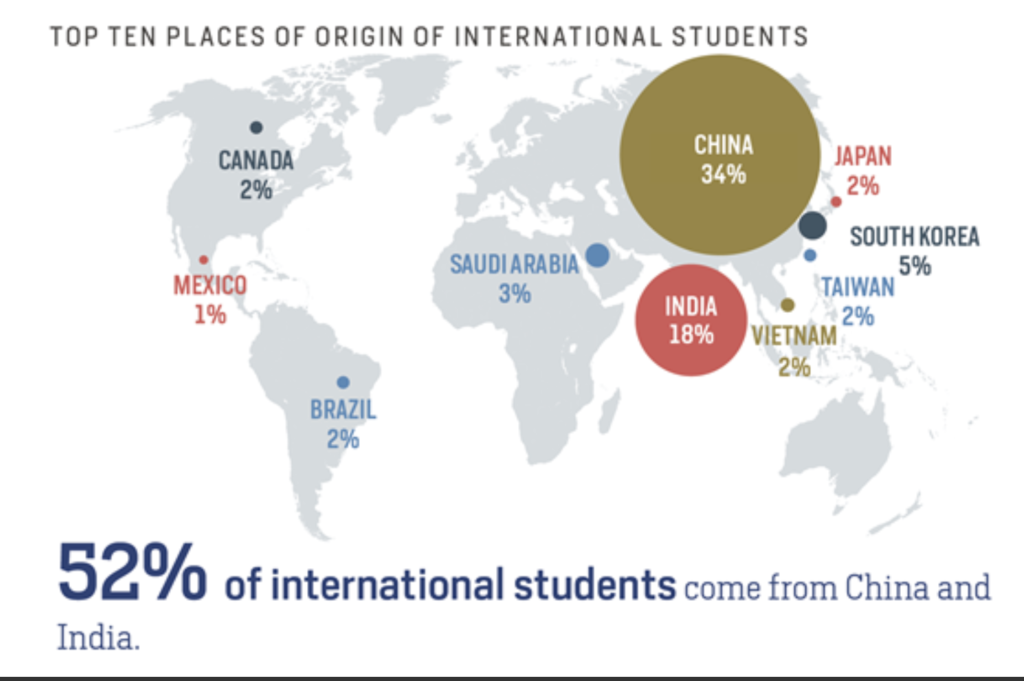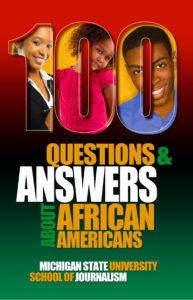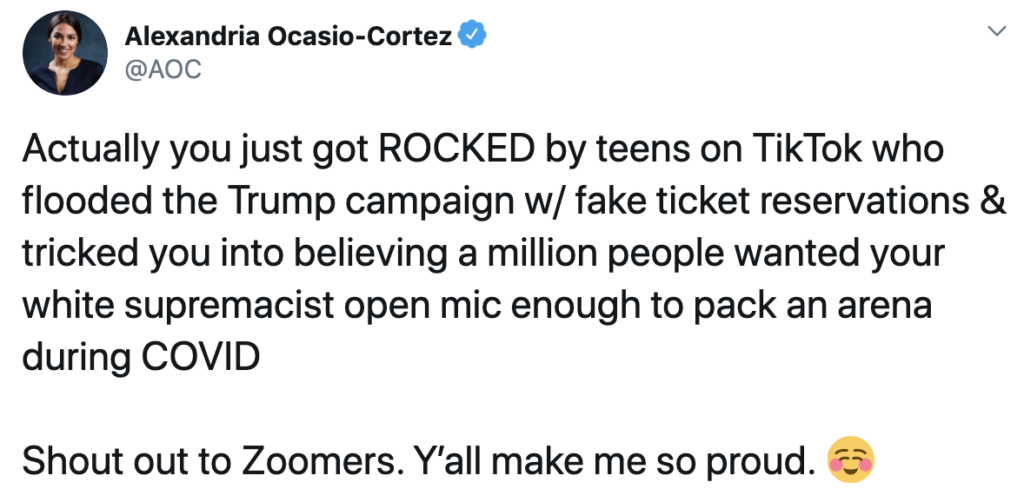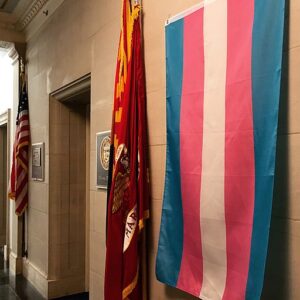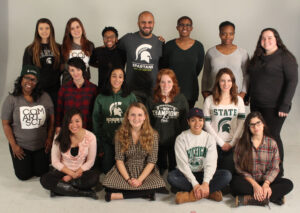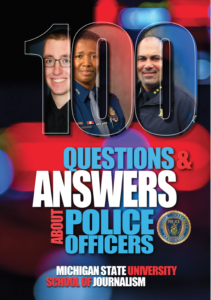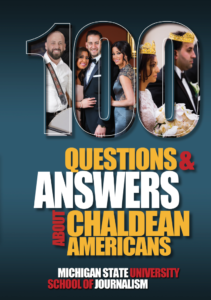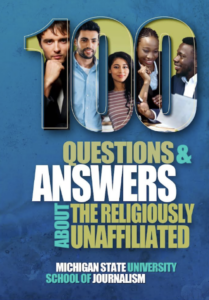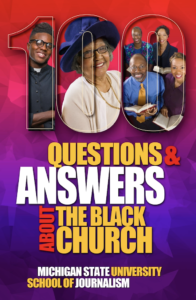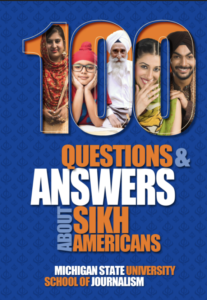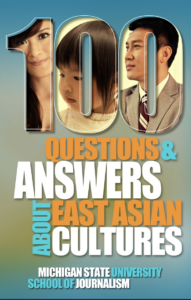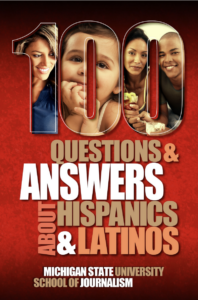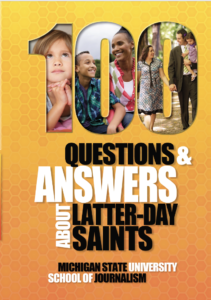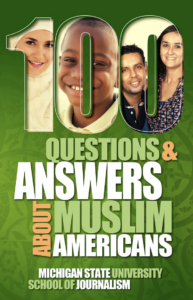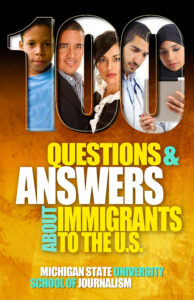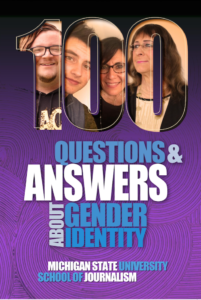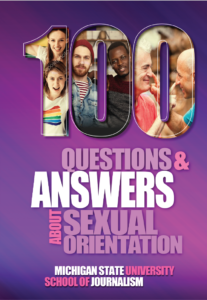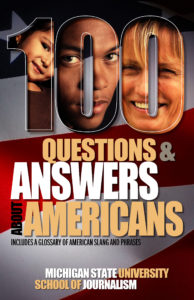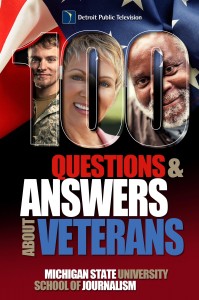With fall classes to begin in less than two months, international students and colleges in the United States had their already complicated plans upset again this week. The White House said that students may not be in the United States if all their classes are online. Universities have increased online offerings, and some students want them, as protection against the Covid-19 virus.
But the new rule means that international students on education visas will either be denied entry into the United States or will have to return to their home countries.
On July 6, U.S. Immigration and Customs Enforcement announced, “Nonimmigrant F-1 and M-1 students attending schools operating entirely online may not take a full online course load and remain in the United States. The U.S. Department of State will not issue visas to students enrolled in schools and/or programs that are fully online for the fall semester nor will U.S. Customs and Border Protection permit these students to enter the United States. Active students currently in the United States enrolled in such programs must depart the country or take other measures, such as transferring to a school with in-person instruction to remain in lawful status. If not, they may face immigration consequences including, but not limited to, the initiation of removal proceedings.”
Reuters reported, “The announcement blindsided academic institutions grappling with the logistical challenges of safely resuming classes …” Reuters said this reversed federal rules from March that allowed international students to move online when the pandemic forced colleges to stop in-person classes.
With budgets cratered by Covid-19 and a major recession, colleges must figure out how to hang onto billions of dollars in international tuition.
The U.S. Department of Commerce report that international students put $45 billion into the U.S. economy in 2018.
The Institute of International Education reported that 1,095,299 international students were in the United States in 2018-2019. Some were in colleges and universities, and some were in Optional Practical Training programs.

